Cartography of Memory
No map can be a perfect depiction of reality, it gains its power and utility from selection, miniaturization, and use of symbols. Every single feature of the map reflects the cartographer’s careful decisions. Rather than a representation equal to reality, the map proclaims a biased worldview, modeled after a certain agenda. Through similar processes, memory alters the images of the past. Certain traits are emphasized whereas others are left out or repressed. Just as maps, memories are non- linear narratives fabricated out of scattered fragments. The works gathered in Cartography of Memory explore memory as a form of map-making, operating by similar modes of abstraction, construction, distortion, and omission. Blending documentary and fiction, some of the works are concerned with the construction of collective memory and its connectedness with identity formation. Personal narratives mirror bigger societal changes, which also highlights the entanglement of individual and collective memory. Others investigate the materiality of memories or try to map the faculty of memory itself.
A great sense of materials and their capacity of carrying meaning is emblematic of Nadine Byrne’s work. As she first started to embroider, Byrne made abstract floor plans of the rooms of her childhood home from memory. In the Echoes-series, the artist engages in a conversation with textile works and sketches that she inherited from her late mother. As part of a process of mourning, the artist abstracts shapes, textures, and colors as sites of memory. The embroidery becomes a medium, not only in terms of method and material but also as a means of communicating with her mother. Without any predetermined pattern, the minimalist and abstract embroidery transcribes the very event of remembrance.
During her drawing performances, Fatima Moallim silently moves along the wall with her back facing the audience. The wandering marker pen tells stories based on her parents’ flight from Mogadishu to Sweden in the 90s. Feelings of longing, anxiety, and uncertainty merge with the audience’s energy into a territory of lines and symbols. Moallim recalls places she never visited, and fantasies of these, that through her parents’ narratives have become part of her own identity. This gesture is as much of a conservation as a creation of memories; it explores the relationship between storytelling, remembrance and construction of both individual and collective identities.
In The Memory’s State of Exception, Afrang Nordlöf Malekian recalls a layover that took place during a flight to Iran in 2011. This personal memory is mixed with footage from The Lover‘s Wind, Albert Lamorisse’s documentary film about the Iranian landscape from 1978, which the artist re-shot himself. Due to nuclear-related sanctions against Iran, the aircraft could not refuel in the EU and no documentation of where the stopover took place can be found. The video explores how one’s memory is affected when images and information are suppressed and, simultaneously, how images can supplant reality. Images of a modernized and idealized Iran, as the Shah desired to have it represented, seem more real than the artist’s memory of that landing. The video thus points to how individual memory is embedded in the construction of collective memory. In his attempt to retrieve the inaccessible information, the artist “use[s] fiction as a strategy to reach reality”.
Through an ongoing exploration of Chinese restaurants, Lap-See Lam’s work revolves around how places and displacement shape memory and identity. In the Room with a View- series, Lam has photographed interiors and exteriors of Chinese restaurants around Stockholm that she later cut out and superposed so that one restaurant looks out on another. By isolating the elements in this way, the decorations and façades come across as scenography and coulisses. The Chinese restaurant itself is shown as a construction with an iconology that alludes to fantasies of exotic places; a fetishized image of Chinese culture. Three miniature Phantom Banquet Chairs hover in the air like ghostly presences, as though they were the souls of each of the restaurants that can be seen in the montages.
Mapping an old family album of photographs, What Might Once Have Belonged to Me (I) flirts with the idea of recalling someone else’s memories – where memories could at once belong to anyone or no one. Originally shot by Igor Blomberg Tranaeus’ grandparents, the photographs remain as cross-sections of a remote time and space. Detached from their original context, they appear as materialized memory-images existing in themselves. On a journey from historical monuments and country roads to deserted dinner tables and unidentifiable cities, we face scenes that are like stages waiting for someone to enter or where the characters just left. A mute voice-over completes the memory by verbally generating imagery of what we are not seeing, that is, everything that the photograph leaves out.
Text by Johanna Thorell
The exhibition is made possible with the generous support by the Swedish Embassy in Vienna
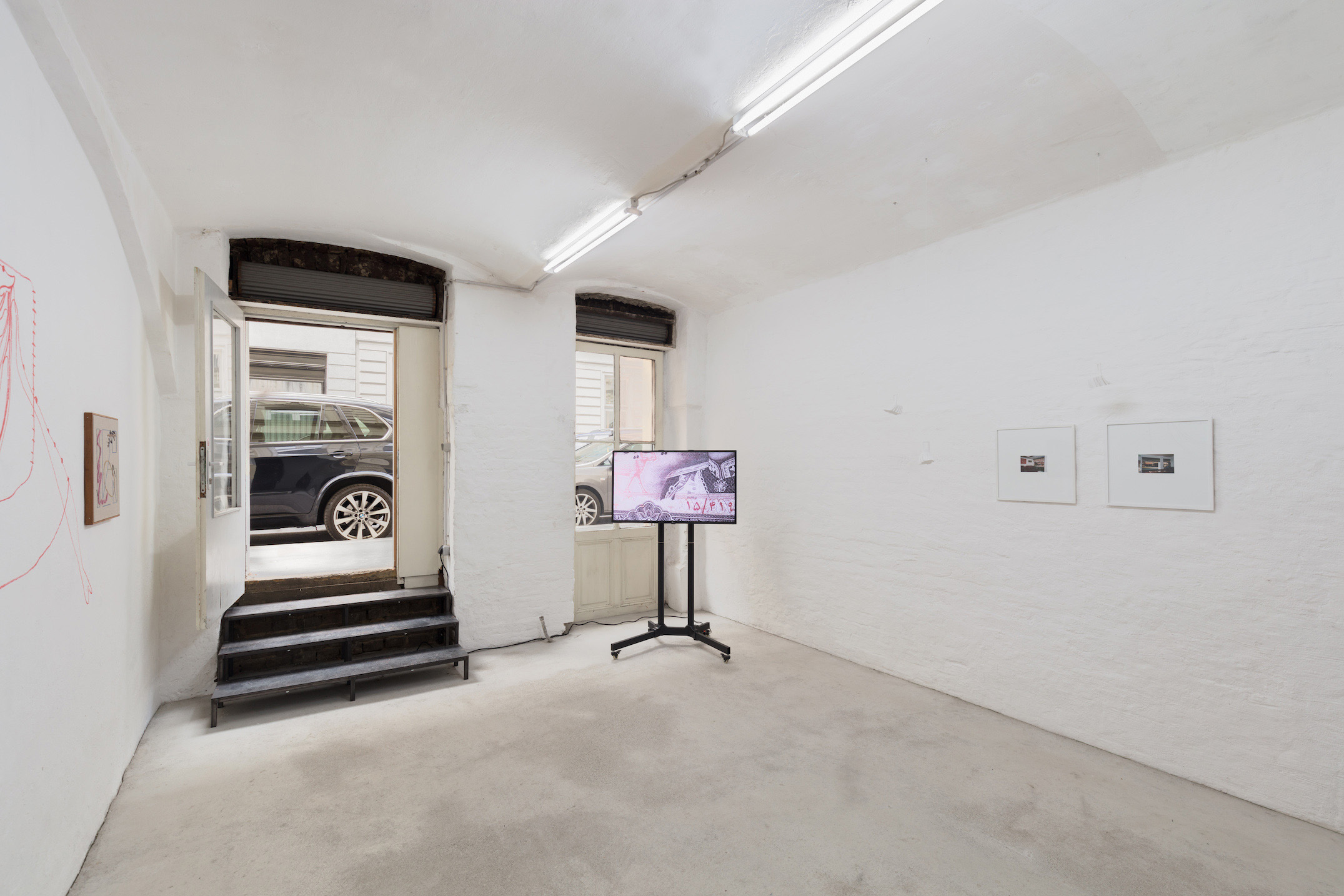
Exhibition view
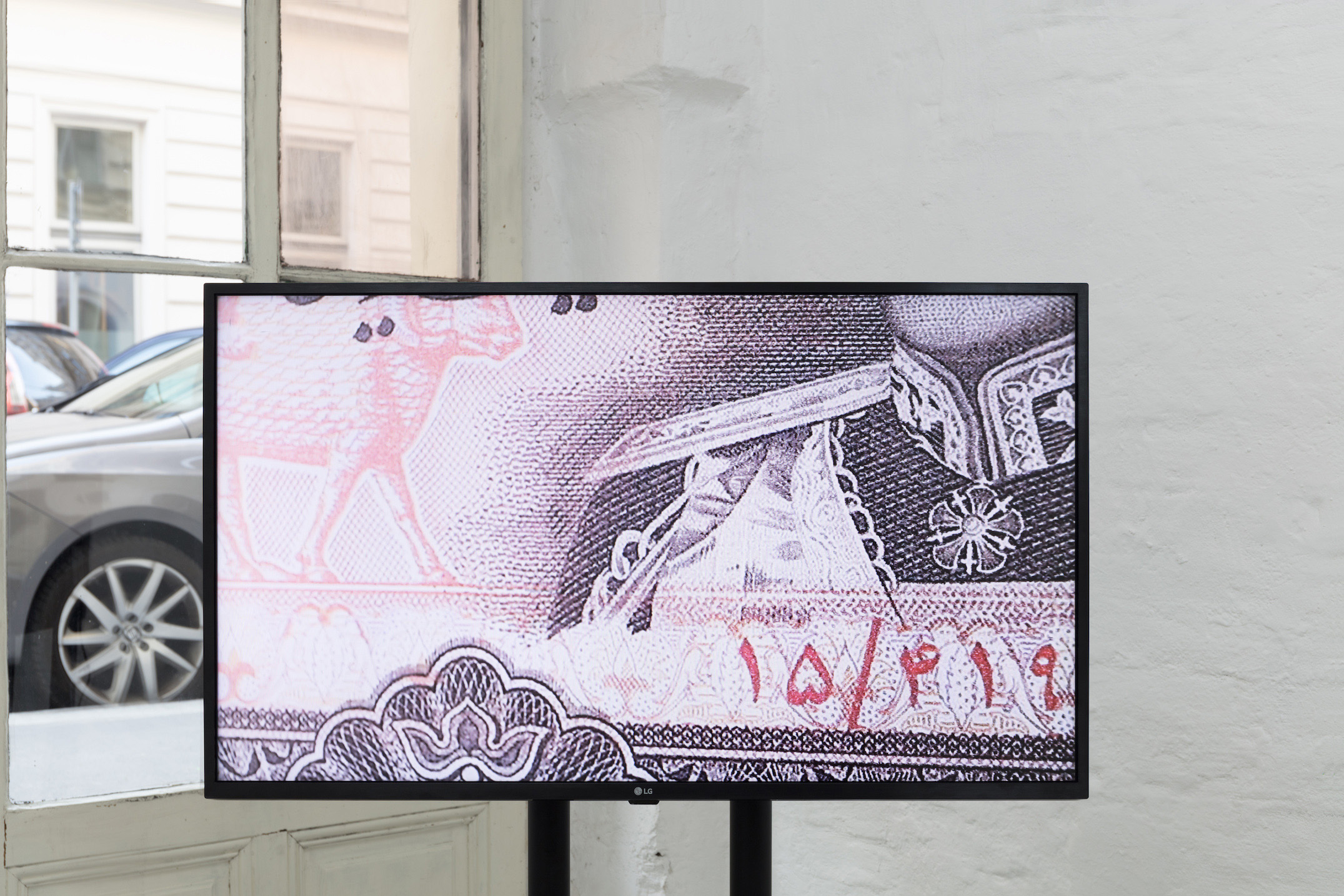
Afrang Nordlöf Malekian, The Memory’s State of Exception, 2018—, Video
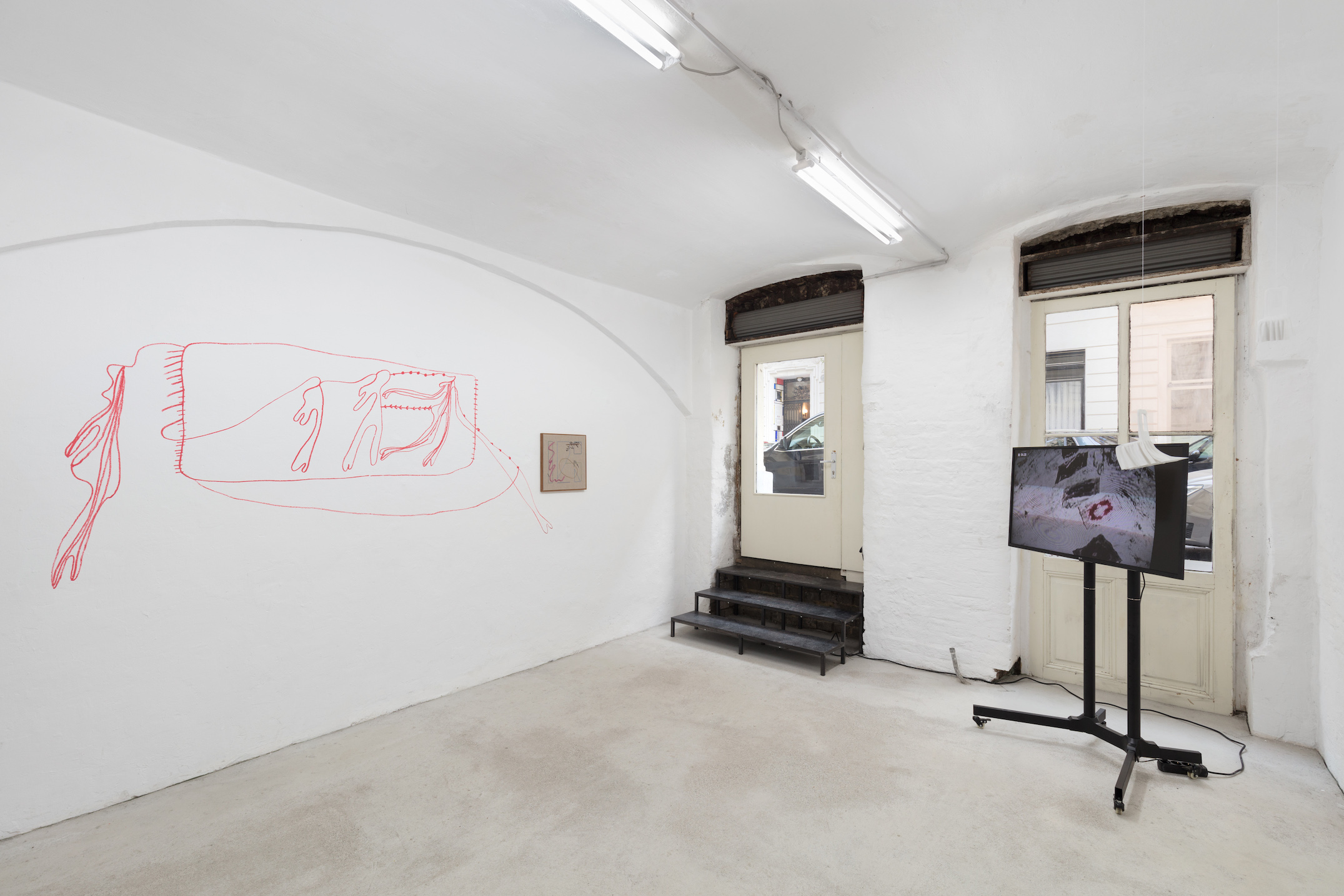
Exhibition view
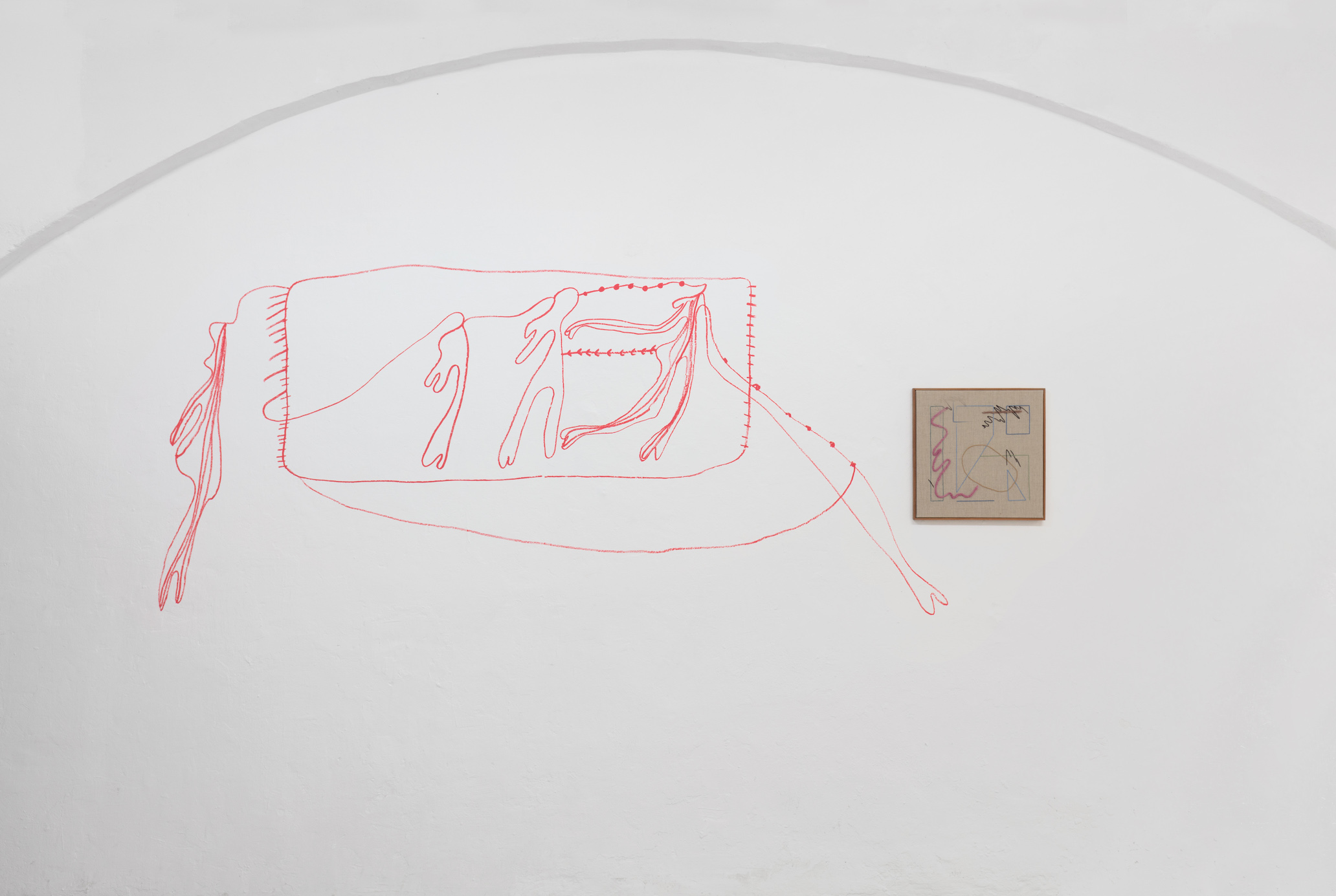
Fatima Moallim, drawing performance; Nadine Byrne, Echoes (20), 2019, Embroidery on linen
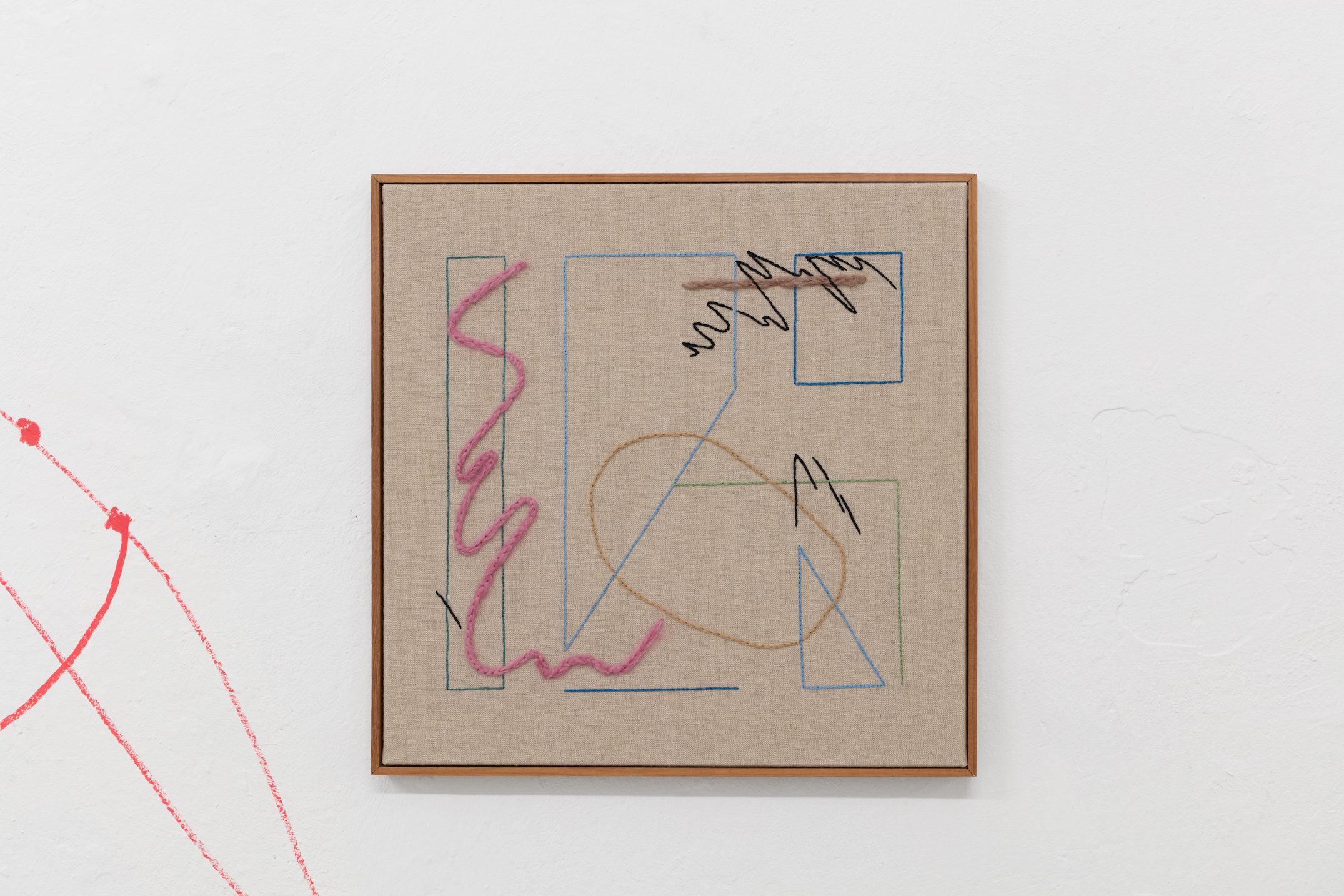
Nadine Byrne, Echoes (20), 2019, Embroidery on linen
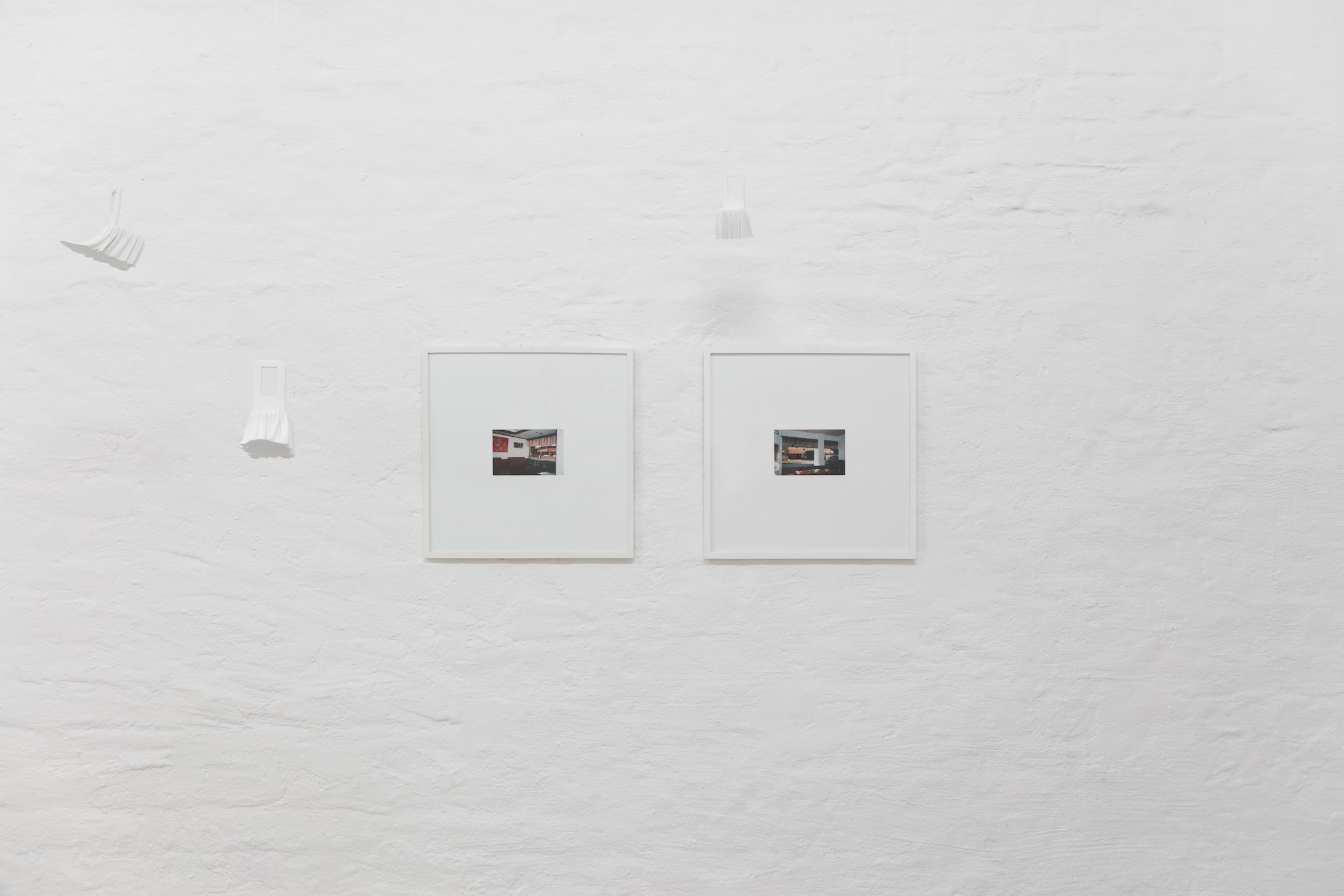
Lap-See Lam, Phantom Banquet Chair, 2019 , Polylactide; Wang with a View of Winner House, 2015, Montage; Winner House with a View of Ho Wah, 2015, Montage
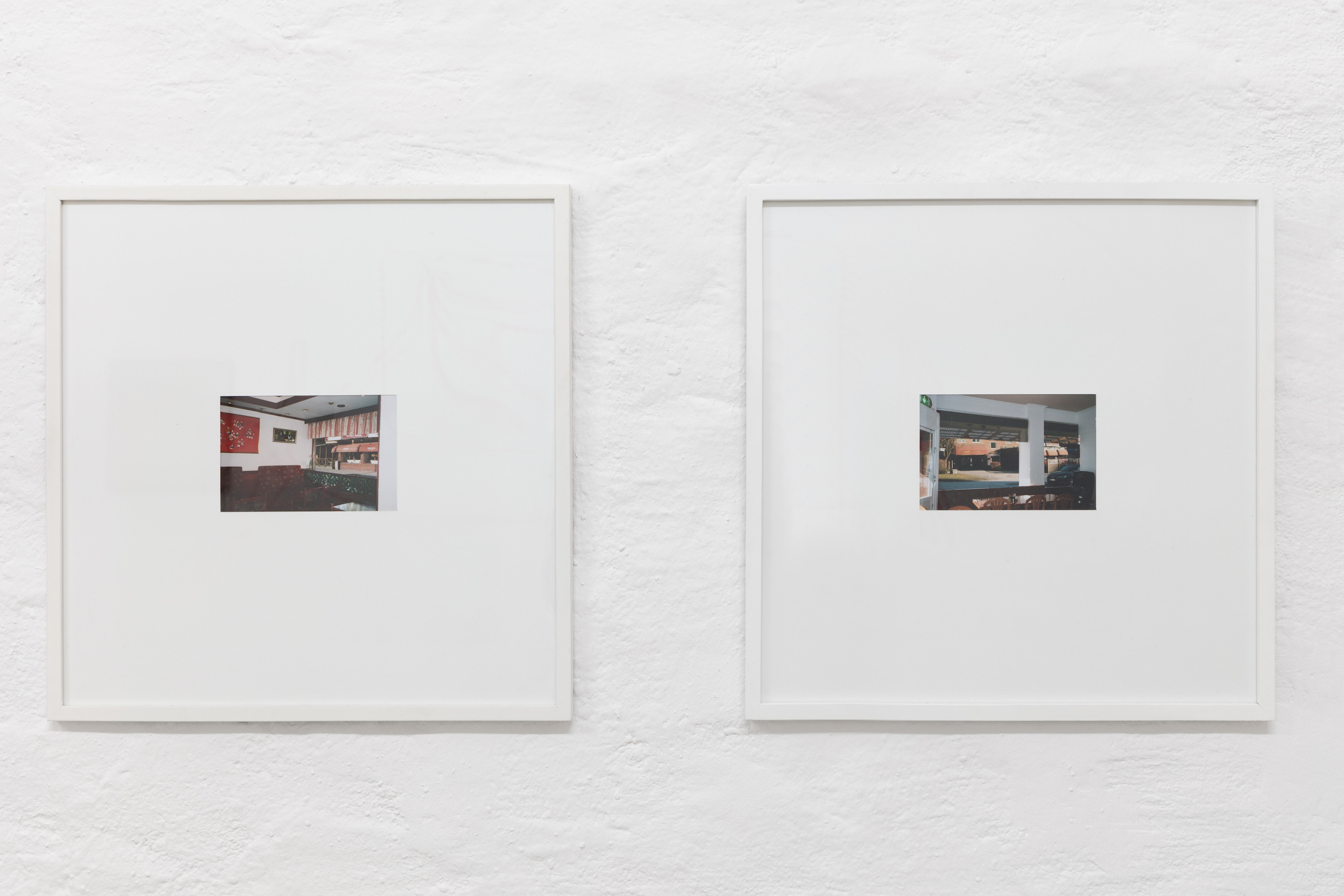
Lap-See Lam, Wang with a View of Winner House, 2015, Montage; Winner House with a View of Ho Wah, 2015, Montage
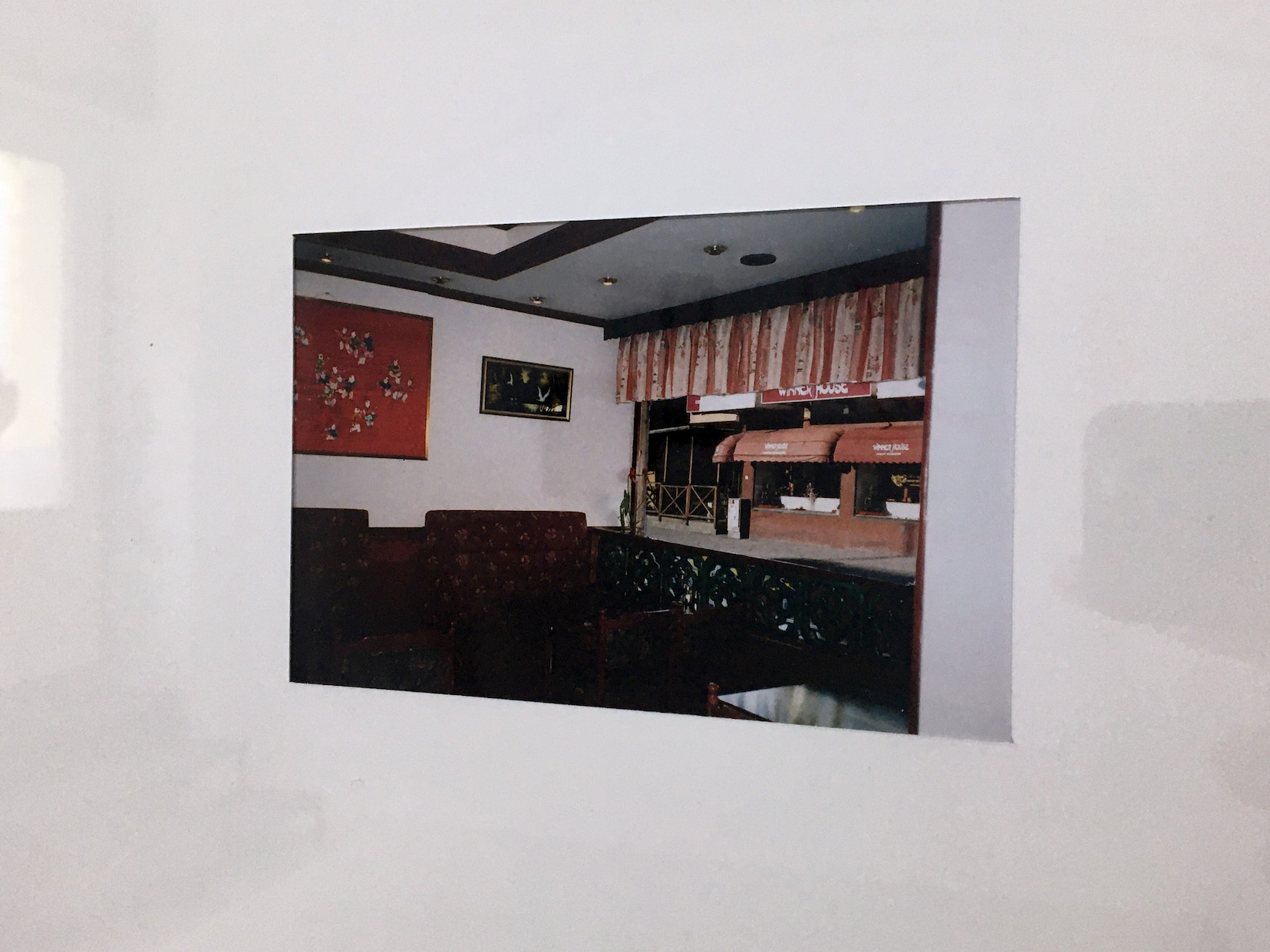
Lap-See Lam, Wang with a View of Winner House, 2015, Montage
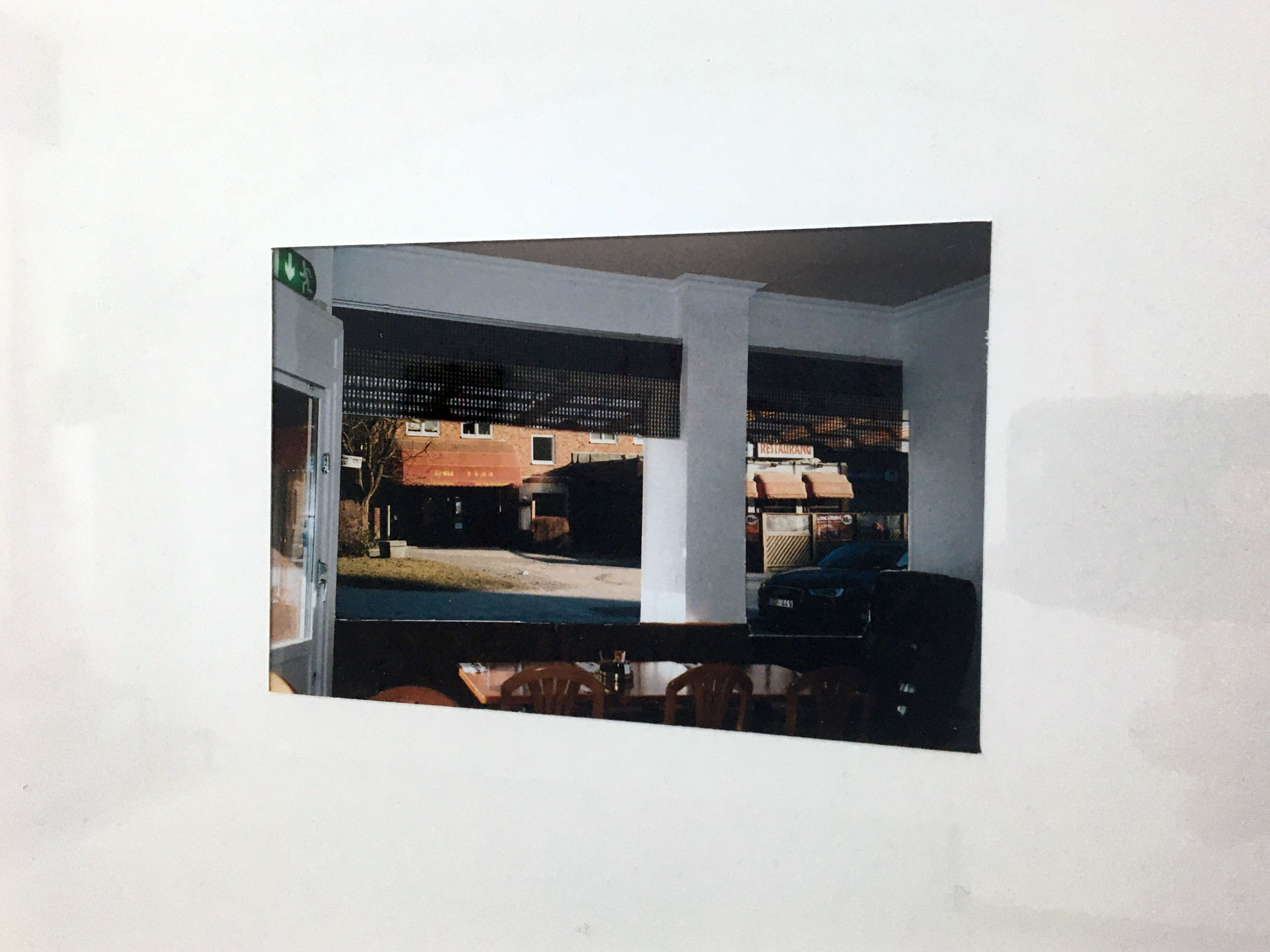
Lap-See Lam, Winner House with a View of Ho Wah, 2015, Montage
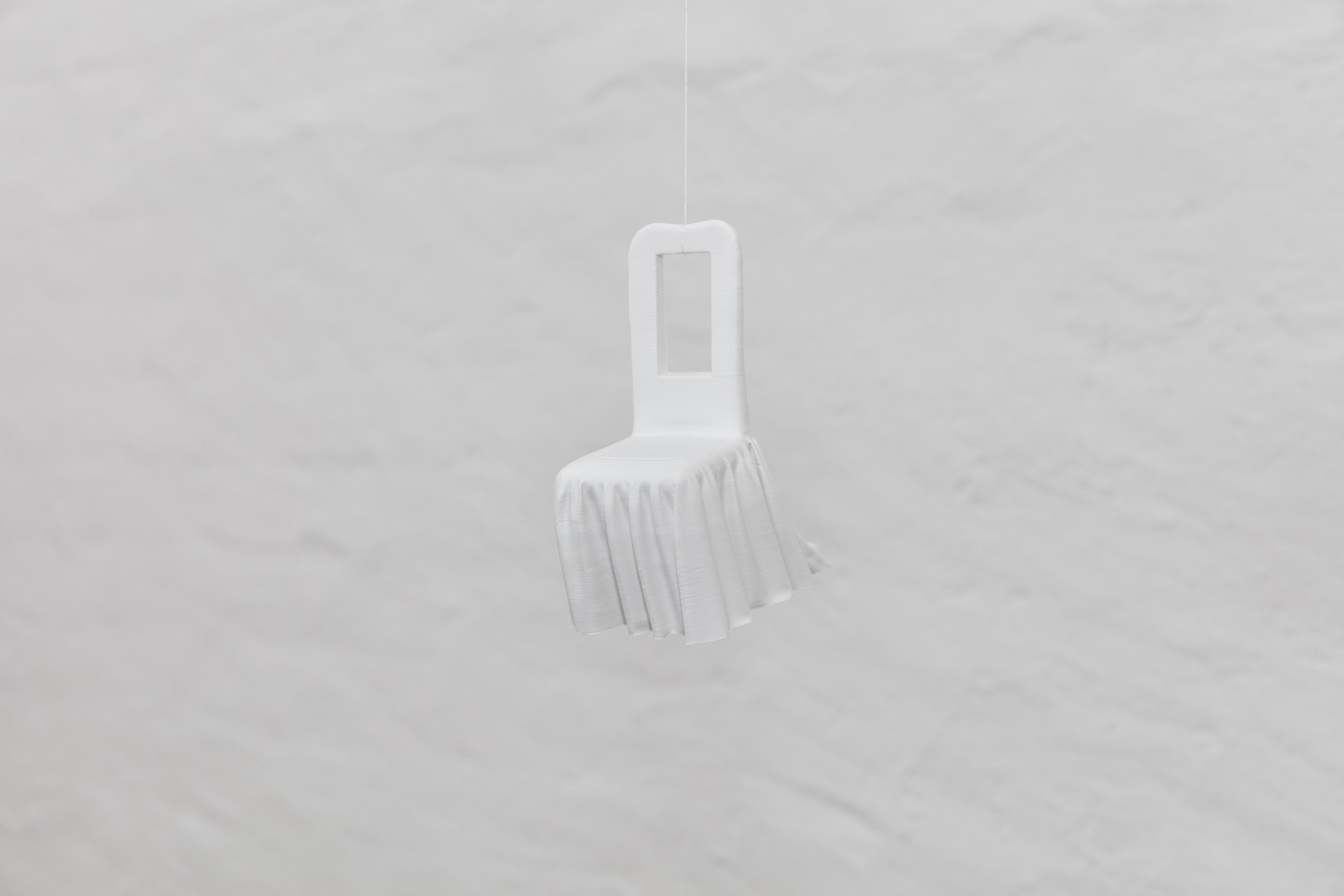
Lap-See Lam, Phantom Banquet Chair, 2019, Polylactide
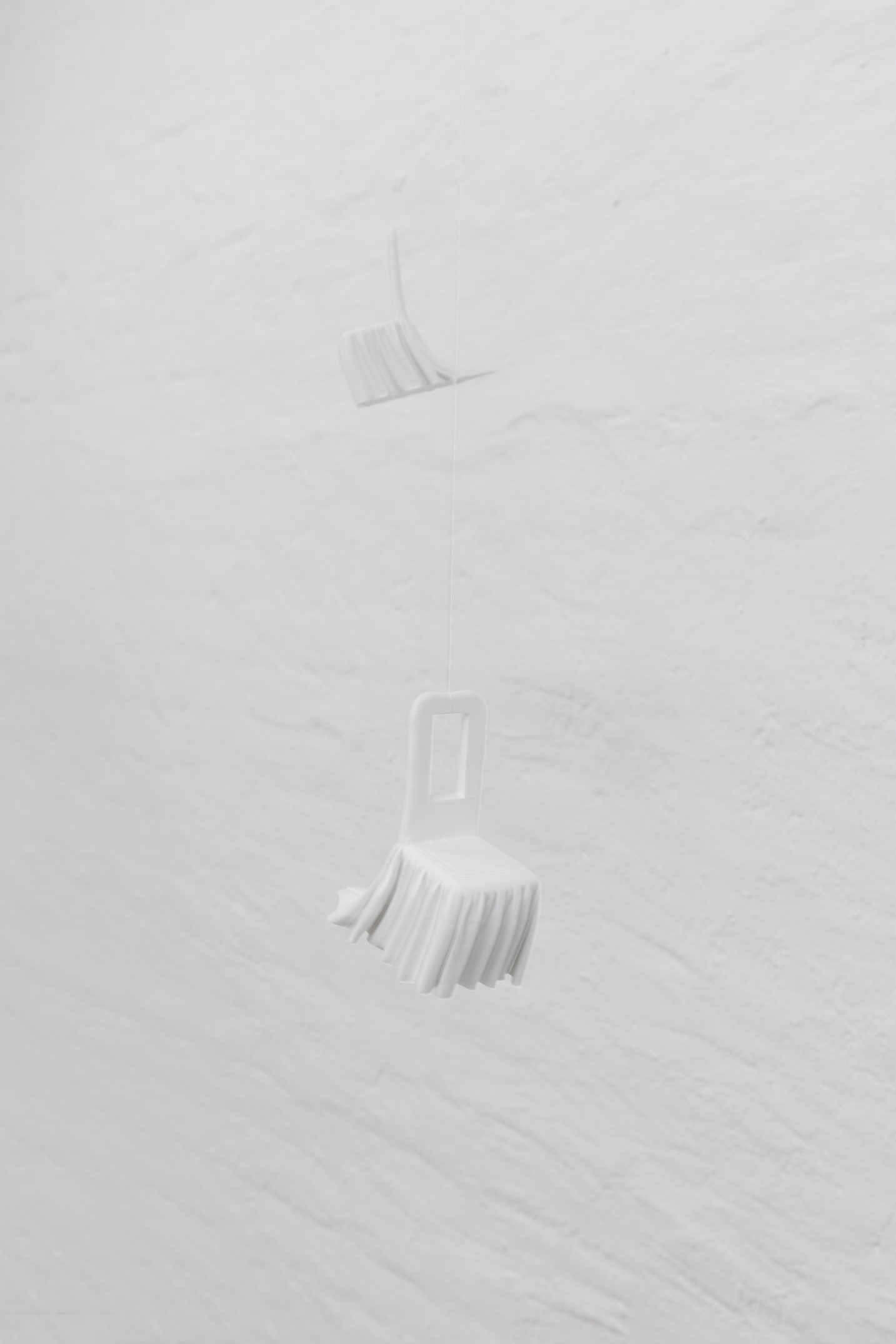
Lap-See Lam, Phantom Banquet Chair, 2019, Polylactide
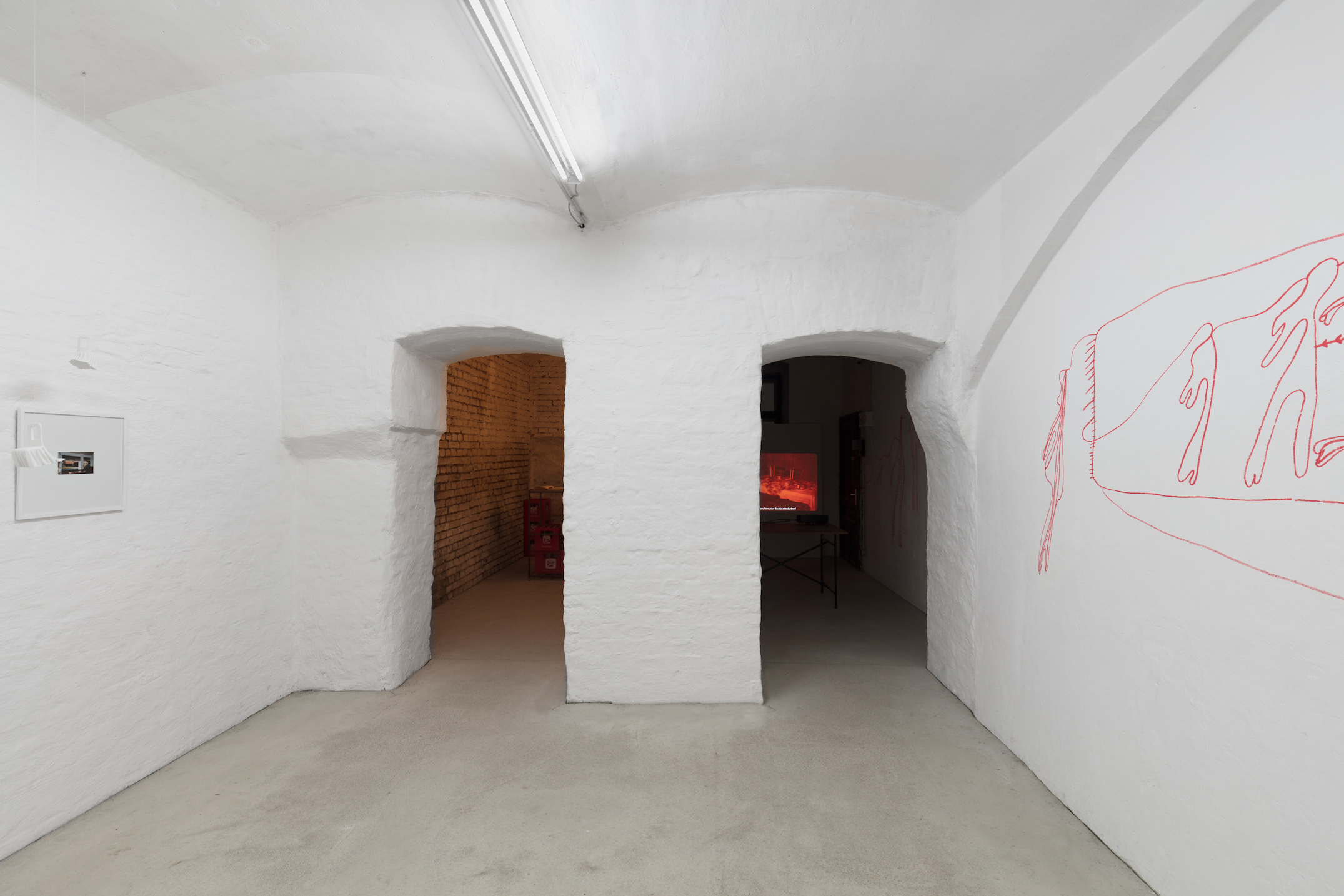
Exhibition view

Igor Blomberg Tranaeus, What Might Once Have Belonged to Me (I), 2018, HD video, silent; Fatima Moallim, drawing performance
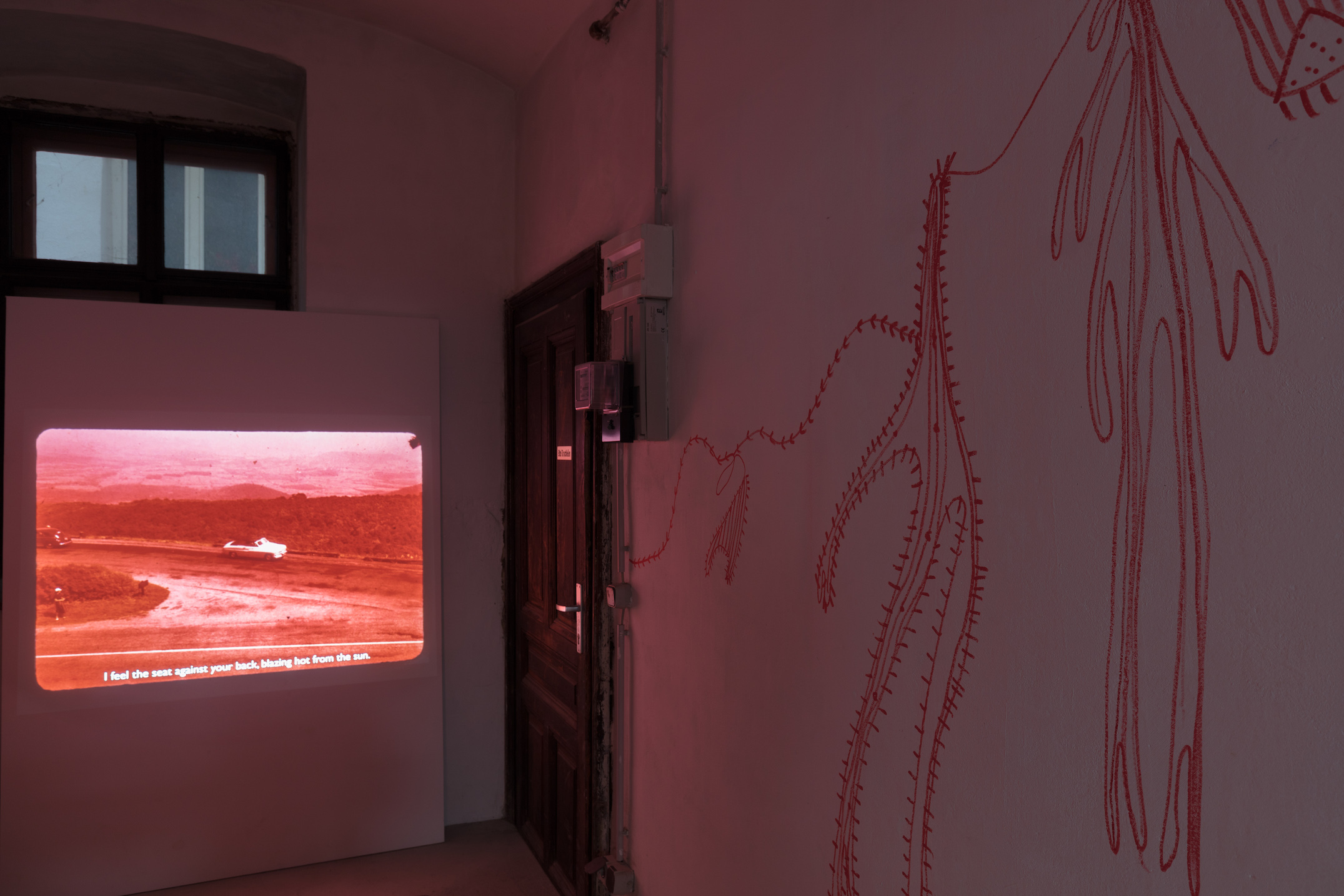
Igor Blomberg Tranaeus, What Might Once Have Belonged to Me (I), 2018, HD video, silent; Fatima Moallim, drawing performance

Fatima Moallim, drawing performance
Photography: Martin Bilinovac, additional images by Pina, video stills courtesy of the artists